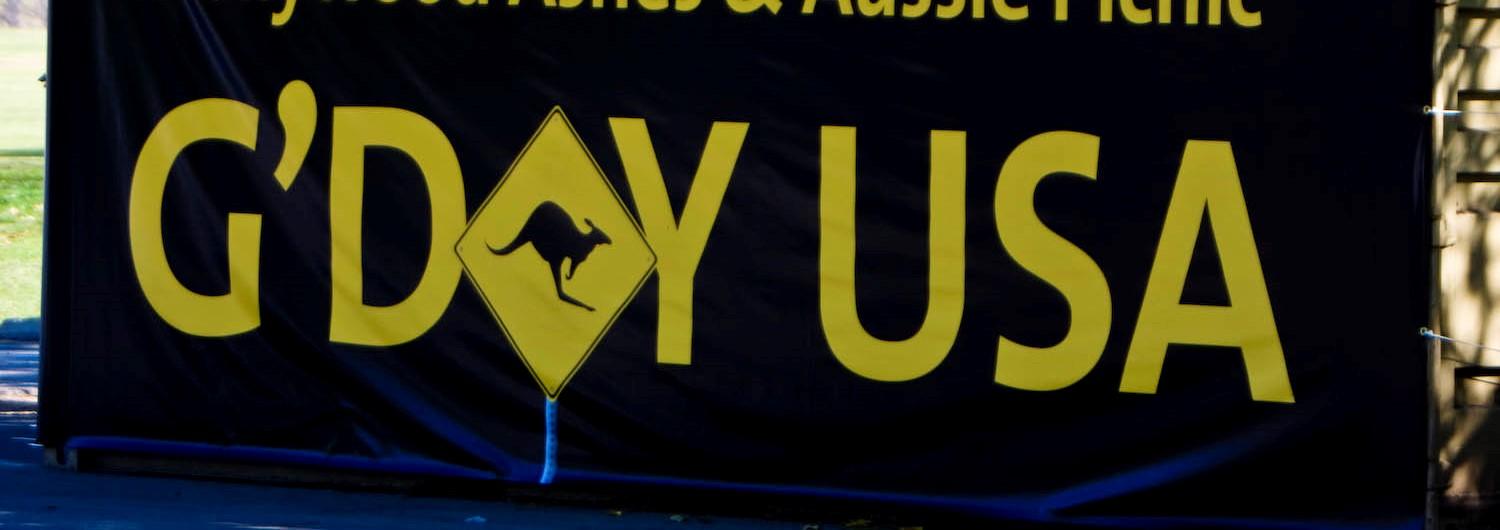The dominance of the Australia-China trade relationship and the Australia-United States strategic relationship raise perceptions that Australia may be forced to choose between future trade and security relationships. The United States’ trade and geo-political relationships with China are uncertain and problematic, while Australia’s alliance relationship with the United States is facing potential headwinds.
The policies of the Trump administration on trade, investment, security and geo-strategic posture pose questions for Australia that go further that than a sharpening of the divide over Australia’s relationships with the United States and China.
Indeed, the full dimension of Australia's American alliance can't be fully comprehended if assessed on the military and intelligence relationship alone. Australia’s integrated economic relationship with the United States, centred on large-scale mutual investment and in-country activities of US and Australian firms, necessitates understanding and navigation of more complex interactions.
President Trump’s policies have the capacity for major impact on Australia: potentially positive for investment by Australian firms and funds in the United States; possibly complicating for American investment in Australia; and uncertain around both bilateral trade and impact on trade with others.
The complexity of the Australia-United States relationship and implications of policy changes have not been widely discussed by commentators, most probably because of gaps in economic data, notably about two-way investment and changes in the nature of business between the two economies.
This comes as the military component of the relationship needs a modernised assessment itself. There is a shift away from platforms and facilities to systems and systems of systems as our military creatively develops the applications of new technologies largely derived from the relationship. Our Defence White Papers have identified a regional technological edge as critical for Australian strategic weight. We look at the fifth generation F35 as a fighter when it should more correctly be viewed as a sensor platform – a tool for the development across the services of integration of common capacities so all platforms and personnel can operate with a complete picture of the tasks to be fulfilled and their ability to contribute to required outcomes.
The services are well advanced in strategising this, though it impinges little on our public debate. Likewise our understanding of the significance of our mutual investment.
In a new report from Perth USAsia Centre, Trumping Trade: Understanding the Australia-United States Economic Relationship, author Ian Satchwell brings together data and analysis that will surprise many.
Two way direct and indirect investment between the US and Australia at the end of 2015 stood at $1.45 trillion. In 2015, the increase in US investment was greater than the total stock of Chinese investment. Overall China’s investment of $74.9 billion in Australia was dwarfed by US investment of $860.3 billion. US majority owned affiliates employed 310,000 Australians across all sectors of the economy. Wages and salaries totalled $28 billion.
As interesting is the story of Australian investment in the US. Here the report breaks new ground. Unlike some of our investment partners, we collect sparse statistics on our investment overseas. The report has pursued the statistics others supply. In 2015 our investment in the US stood at $594.4 billion, 69 per cent of US investment in Australia and 30 per cent of our investment abroad, which includes about $70 billion in China.
Interestingly, sales by Australian firms in the US exceed our exports to the US fourfold. As with American investment in Australia, our firms in the US cross a multiplicity of sectors. Mining is notable but so too is manufacturing. Smart Australian products and ideas are benefitting from the opportunity to join global supply chains in an environment where economies of scale are obtainable and intellectual property is protected.
The report increases our understanding of Australia's global economic personality and the complex and integrated relationship.
Photo: Flickr/Kim Davies
